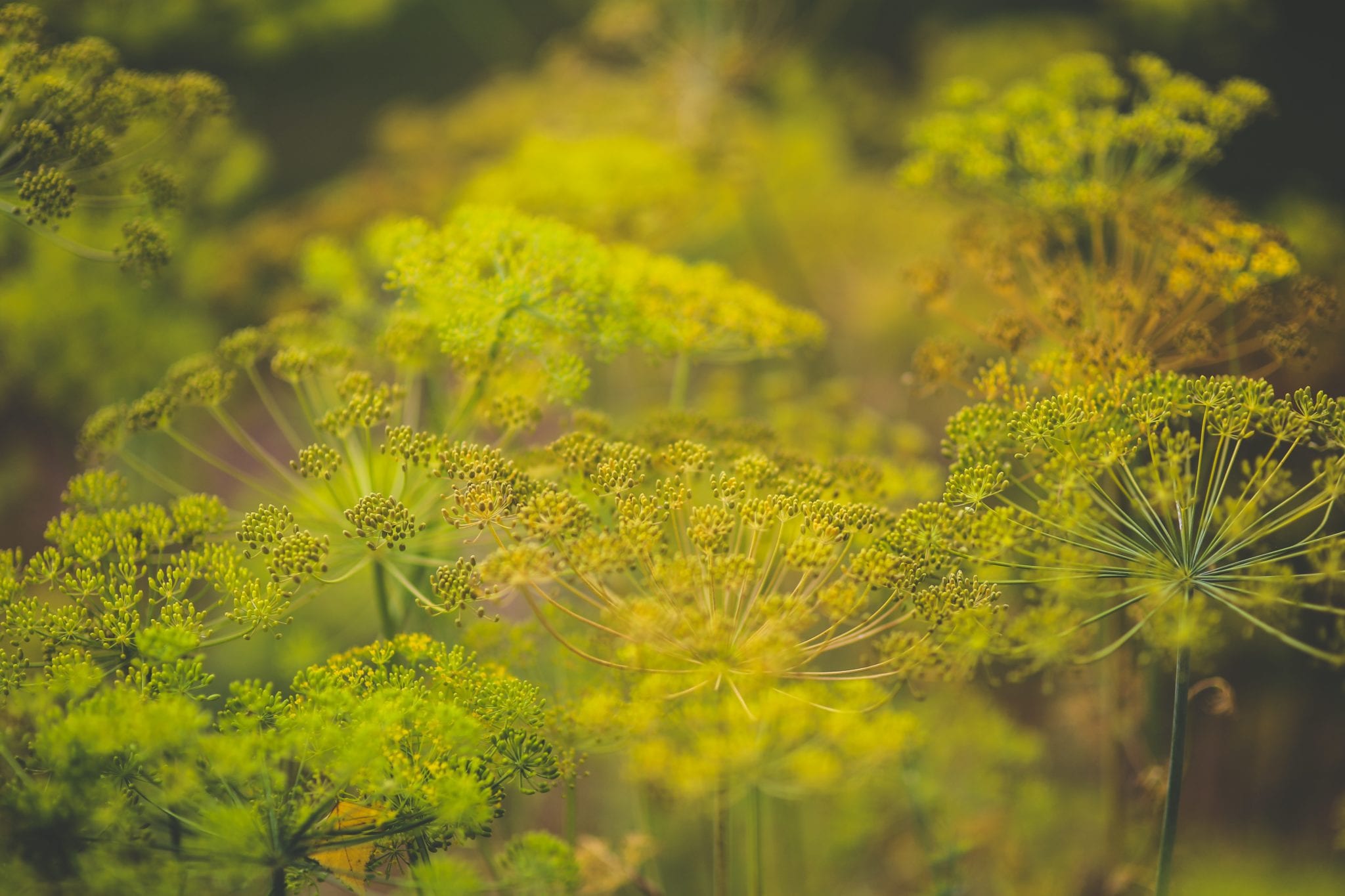New film explains how Farming with Alternative Pollinators (FAP) can increase yields
A new film published by the International Center for Agricultural Research in the Dry Areas (ICARDA) shows how farmers can increase their income through Farming with Alternative Pollinators (FAP). The method was developed by Dr. Stefanie Christmann.
Practical instructions
The 50-minute film explains how FAP works and presents some of the findings of a research project carried out in different ecosystems in Morocco, and a pilot project in Uzbekistan. Farmers involved in the project share their experiences. The film also offers practical instructions for farmers, such as field sketches showing how different crops may be planted on a small plot.
Marketable crops
Pollinator protection using FAP benefits farmers, rural communities and society in general. Although the use of wildflower strips is often promoted, the wildflowers cannot be sold and do not offer additional income for the farmers. A farmer using the FAP method plants other marketable crops in strips around or between the main crop. A plot of land with different plants attracts a higher variety of pollinators and thereby helps increase and improve the quality of crop yields. The farmer can also sell the yield from the additional crops he planted. The plants may also attract natural enemies which reduce pests, allowing farmers to save money on chemical pesticides. FAP is a low-cost method which requires little effort from the farmer, making it suitable for Low and Medium as well as High Income Countries. The film also explains how low-cost national policies can support pollinator protection. The team encourages synchronization of the film to more languages.

